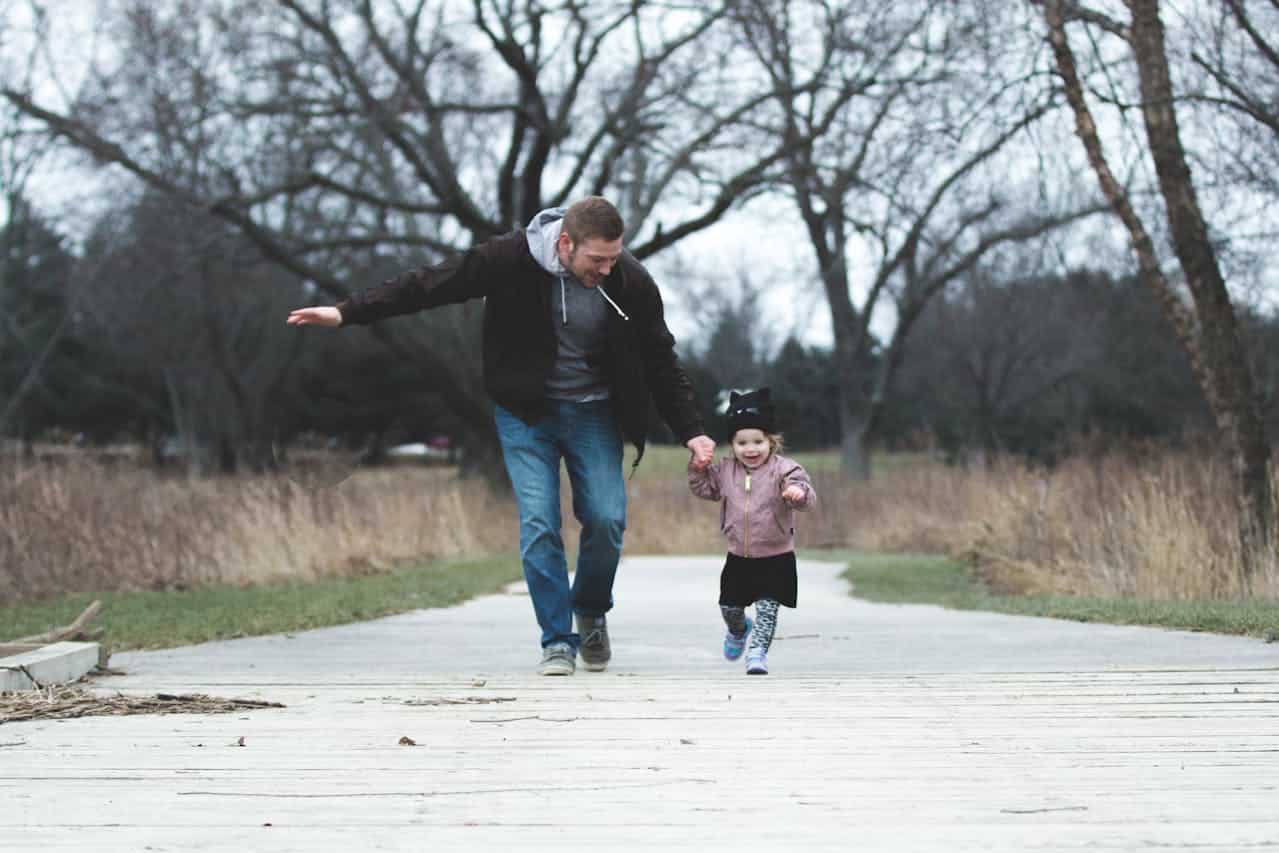For parents of children with autism spectrum disorder (ASD), understanding the different therapy options available can feel overwhelming. Two of the most common and effective interventions are Applied Behavior Analysis (ABA) therapy and Occupational Therapy (OT). While both play crucial roles in supporting children with autism, they each have unique approaches and benefits that complement each other in remarkable ways. When considering ABA therapy vs occupational therapy, it’s important to recognize how each focuses on different aspects of a child’s development.
Understanding ABA Therapy
Applied Behavior Analysis (ABA) therapy stands as a scientifically-validated approach that focuses on understanding and improving behaviors. ABA therapists work systematically to:
Reinforce positive behaviors through systematic rewards and encouragement
Reduce challenging behaviors through behavior modification techniques
Develop essential life skills and communication abilities
Track progress through detailed data collection and assessment
Foster independence through skill acquisition
According to Gasiewski et al. (2024), ABA has emerged as one of the most effective evidence-based treatments for autism spectrum disorder, with substantial research supporting its ability to improve communication, social skills, and daily living skills.
Success Stories
“Move Up ABA has been a lifeline for our family. Before starting therapy, our son struggled with daily routines and communication. Now, he’s more independent and even initiated a conversation with a classmate for the first time! The progress we’ve seen in just six months is truly remarkable.”
- Emily R., Silver Spring, Accountant
“As a single dad, I was overwhelmed trying to manage my child’s behavior. The Move Up ABA team not only provided amazing support for my little girl but also taught me practical strategies to use at home. Their in-home sessions fit perfectly with our busy schedule. I’m so grateful for their patience and expertise.”
- Michael T., Rockville, Middle School Teacher
“We were hesitant about starting ABA therapy, but Move Up ABA’s approach put us at ease from day one. Our twins have made incredible strides in their social skills and self-regulation. The therapists are like extended family now, and we couldn’t be happier with our decision to work with them.”
- Aisha and James L., Simpson, Police Officers
Ready to start your child's journey to success? Schedule a free consultation today! 📞 Call (410) 497-8865.
The Role of Occupational Therapy
As we explore different therapeutic approaches, it’s important to understand how occupational therapy complements behavioral interventions. Occupational therapy takes a holistic approach to child development, focusing on helping children master the skills needed for everyday life. OT addresses:
Fine motor skills development
Gross motor skills improvement
Sensory processing challenges
Self-care skills
Play skills and social interaction
Coping strategies for daily activities
Research has shown that occupational therapists support individuals and their families through engagement in occupations such as self-care and play, as well as school and job skills (Gasiewski et al., 2024).
Key Differences Between ABA and OT

While both therapies support children with autism spectrum disorders, understanding their distinct approaches helps parents make informed decisions about their child’s treatment journey.
Understanding the Different Focus Areas
When comparing ABA therapy and occupational therapy, it’s essential to understand how their focus areas complement each other while serving distinct purposes in a child’s development.
ABA Therapy’s Core Focus
ABA therapy primarily concentrates on behavioral and developmental aspects:
Behavior Modification: ABA therapists systematically work to decrease challenging behaviors while reinforcing positive ones through evidence-based techniques.
Skill Development through Reinforcement: Using positive reinforcement strategies, therapists help children learn and maintain new abilities across various domains.
Data-Driven Progress Tracking: Every skill and behavior is carefully measured and documented to ensure treatment effectiveness and guide modifications as needed.
Systematic Teaching of New Skills: Skills are broken down into manageable steps and taught through structured, repeatable methods.
Social Communication Improvements: Therapists work on developing crucial social skills and communication abilities through structured interactions and natural environment teaching.
Occupational Therapy’s Primary Focus
OT takes a more functional and sensory-based approach:
Functional Skill Development: OTs help children learn practical skills needed for daily activities, from buttoning shirts to using utensils.
Sensory Integration: Therapists address sensory processing challenges that may affect a child’s ability to participate in daily activities.
Motor Skills Enhancement: Both fine and gross motor skills are developed through targeted activities and exercises.
Daily Living Activities: Focus on helping children become more independent in self-care tasks and routine activities.
Environmental Adaptations: OTs recommend and implement modifications to help children better function in their daily environments.
Comparing Assessment Approaches
The assessment methods used by each therapy type reflect their unique perspectives and goals in supporting children with autism.
ABA Assessment Methods
ABA takes a behavior-focused approach to evaluation:
Analyzing Behavior Patterns: Therapists conduct detailed observations to understand how behaviors manifest and what maintains them.
Identifying Triggers and Consequences: Through functional behavior assessments, ABA professionals determine what causes certain behaviors and what reinforces them.
Measuring Skill Acquisition: Precise data collection methods track how children learn and maintain new skills over time.
Evaluating Behavioral Challenges: Assessments identify specific behavioral issues that need addressing and their impact on daily functioning.
Tracking Progress through Data Collection: Regular data collection ensures treatment effectiveness and guides necessary adjustments.
OT Assessment Methods

Occupational therapy assessments focus on functional abilities:
Evaluating Motor Skills: Detailed assessment of both fine and gross motor abilities to understand physical capabilities and limitations.
Assessing Sensory Processing: Comprehensive evaluation of how children process and respond to various sensory inputs.
Analyzing Daily Living Skills: Assessment of a child’s ability to perform age-appropriate self-care and daily activities.
Observing Play and Social Interactions: Evaluation of how children engage with peers and their environment during unstructured activities.
Understanding Environmental Impacts: Assessment of how different environments affect a child’s function and behavior.
While these approaches may seem distinct, they often work together to provide a complete picture of a child’s needs. ABA’s behavioral focus and OT’s functional emphasis create a comprehensive understanding that allows for more effective treatment planning. This collaborative approach ensures that children receive support for both their behavioral challenges and their developmental needs, leading to better outcomes in their therapy journey.
Treatment Approaches and Methods
Understanding the specific methods used in each therapy helps clarify how they work together to support your child’s development.
ABA Therapy Methods
ABA therapy works through systematic approaches including:
Discrete trial training to develop specific skills
Natural environment teaching to foster independence
Positive reinforcement to encourage preferred behaviors
Data collection to track progress and adjust strategies
Behavior modification techniques tailored to each child
Structured interventions to address challenging behaviors
Occupational Therapy Methods
OT addresses skills needed through:
Sensory integration activities
Fine and gross motor skill development exercises
Play-based interventions to build social skills
Environmental modifications for better adaptation
Developmental activities to support child’s growth
Strategies to manage sensory processing challenges
The beauty of these approaches lies in their ability to complement each other while addressing different aspects of a child’s development.
How ABA and OT Work Together
Building on the individual strengths of each therapy, the combination of ABA and OT creates a powerful support system for children with autism spectrum disorders. Rather than choosing between the two therapies, many experts recommend combining both approaches for optimal results. As noted in recent research:
The complementary nature of these therapies creates a comprehensive treatment approach:
ABA provides the behavioral framework and systematic teaching methods
OT offers practical strategies for motor development and sensory processing
Together, they address both the behavioral and physical aspects of skill development
Benefits of Combined Therapy Approach
When ABA and OT work together, children often experience:
Faster skill development
Better generalization of learned skills
Improved independence in daily activities
Enhanced social communication
More effective sensory processing strategies
Stronger developmental outcomes
Early Intervention and Treatment Planning
Early intervention is crucial for children with autism spectrum disorders. The treatment planning process should:
Begin as early as possible
Include both ABA and OT assessments
Create individualized treatment plans
Set specific, measurable goals
Regularly evaluate and adjust strategies
Supporting Your Child’s Unique Development Journey
Every child’s path is different, especially when navigating autism spectrum disorder. The journey of finding the right combination of therapies can feel overwhelming, but you don’t have to walk this path alone. At Move Up ABA, we understand that behind every diagnosis is a child with unique needs, dreams, and potential waiting to be unlocked.
Our caring team partners with both child behavioral therapists and occupational therapists to create a nurturing environment where your child can thrive. We focus on:
Understanding your child’s individual needs through careful ABA assessment
Developing personalized strategies for daily living skills
Gently supporting social skills and communication skills development
Creating positive experiences during skill development
Working with sensory processing challenges compassionately
Building confidence through play skills
Celebrating each milestone in your child’s development
Through thoughtful integration of ABA therapy and occupational therapy approaches, we help children:
Discover their strengths and build on them
Learn essential life skills at their own pace
Develop helpful coping strategies
Grow more confident in social communication
Build independence in everyday activities
Process sensory experiences more comfortably
Growing Together: Your Child’s Development Journey

We understand that choosing between ABA therapy and occupational therapy – or deciding how to combine them – is an important decision. Our experienced team is here to listen to your concerns, answer your questions, and help you understand how these approaches can work together to support your child’s unique needs.
When you’re ready to explore therapy options, we’ll take time to:
Listen to your hopes and concerns
Understand your child’s individual challenges
Share how different therapy approaches might help
Create a gentle, supportive plan for progress
Explain our approach to reinforcing positive behaviors
Discuss ways to foster independence
Every step forward matters, no matter how small. Whether you’re just starting to explore therapy options or looking to enhance your child’s current support, we’re here to help guide the way with understanding and care.






